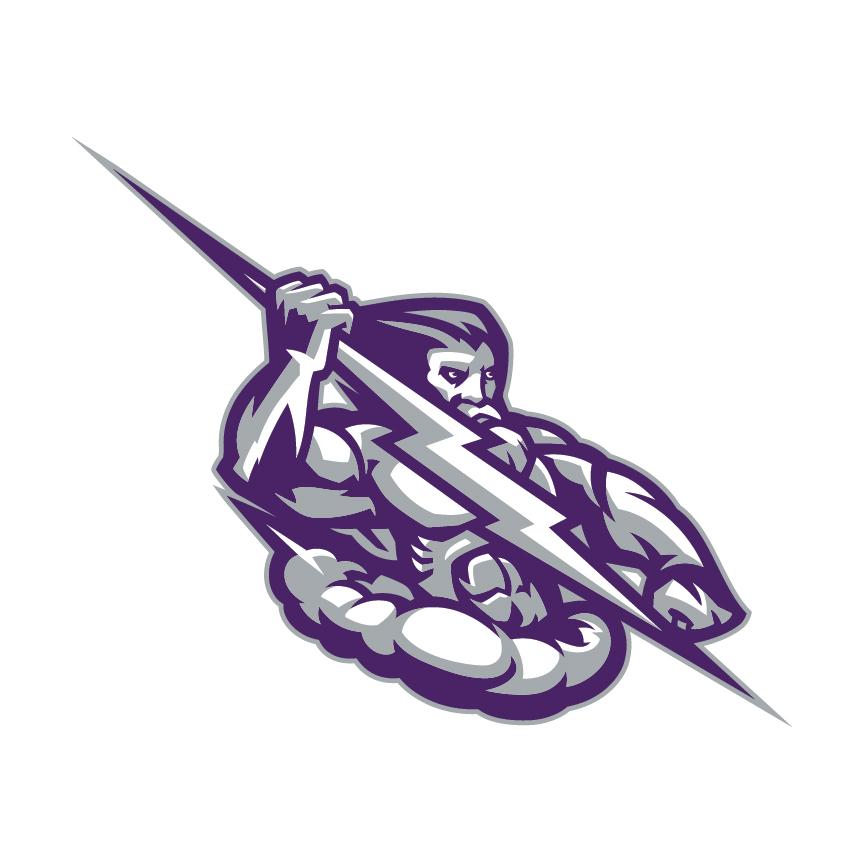Credit: Miriam Roy
Marie Curie
March 22, 2023
In 1903, Marie Curie became the first woman awarded with the Nobel Prize for Physics, and the first person who won the Nobel Prize a second time, this time for Chemistry in 1911, for her studies on radiation and her work in radioactivity.
Born in Warsaw, Poland, on November 7, 1867, Curie was the youngest of five children. She received a general education in a local high school and some scientific training from her father. She couldn’t continue her education in Poland, though, due the fact that she was a woman. With the dream of studying abroad, Curie worked as a governess for several years. With the financial support of her older sister, Curie was able to move to Sorbonne, Paris to study Chemistry, Math and Physics in 1891. Two years later she received her Masters degree in Physics, and in 1894 she earned a degree in Math.

from
https://www.nobelprize.org/prizes/chemistry/1911/marie-curie/photo-gallery/ (Fotograaf onbekend)
During her time in Sorbonne she met Pierre Curie and married him after her graduation in 1895.
First they both worked on their own projects, but after Marie Curie discovered radioactivity, her husband put his own research aside and helped her with her work. Together they discovered the elements Polonium and Radium. Polonium was 400 times more radioactive than every other known element at this time. Then, only a few months later, Marie Curie discovered the element Radium, and a way to isolate it. Radium has 900 times more radiation than Polonium.
They developed the use of radioactivity in medicine and advanced our general understanding of radioactivity. Through their research, doctors could use Radium to shrink tumors. Almost all the radioactivity research today, as well as all medicine that relies on radioactivity, goes back to Marie Curie.
After Pierre Curie’s death from a street accident in 1906, Marie Curie focused her studies on X-Rays, which improved the medical care for soldiers in World War I. After the war, Marie Curie was suffering from health issues, most likely from her exposure to Radium. That didn’t stop her from raising money for the Radium Institute she founded in 1914.
At the age of 66, Marie Curie died from Aplastic Anemia, a condition that affects her red blood cells. This condition is most likely the result of her exposure to Radium during her whole life. To honor Marie Curie’s achievements, when a new element was discovered in 1944 they named the element Curium after her.
Citations:
Marie Curie – Facts. NobelPrize.org. Nobel Prize Outreach AB 2023. Tue. 14 Mar 2023,
from
https://www.nobelprize.org/prizes/physics/1903/marie-curie/facts/
Biography.com Editors. (2021, October 8). Marie Curie Biography. The
Biography.com website. Retrieved March 14, 2023, from
https://www.biography.com/scientists/marie-curie
IRWIN, A. (2016, November 3). What did Marie Skłodowska Curie ever do for us?
Horizon. Retrieved March 14, 2023, from
Mary Bagley, Jessica Leggett. (2021, December 6). Marie Curie: Facts and
biography. LiveScience. Retrieved March 14, 2023, from
https://www.livescience.com/38907-marie-curie-facts-biography.html

